April 30, 2021
Four Pillars of Easing Port Congestion
When you couple scarce equipment, a condition created by the alliance structures, with larger ships and a persistent shortage of skilled workers, you end up with chronic port congestion. Unseen disruptions and massive cargo surges have only inflamed the situation.
The Harbor Trucking Association has identified four areas of focus to solving this congestion: policy reform to reflect how the industry currently operates, data sharing and digital infrastructure, near-dock and inland infrastructure, and workforce development.
One of the major issues with our industry is that it continues to evolve operationally, but the policies that govern the supply chain do not. For instance, the Shipping Act of 1984 was last amended with the Ocean Reform Act of 1998. Since 1998, the industry has seen the largest vessels grow from 8,000 TEU to over 21,000 TEU in 2021, marine terminals now require appointments for most transactions in most ports, and the ocean carrier alliances have fundamentally shifted how equipment needs to be managed.
With these major changes, as well as others, the policies that promote efficiency, such as detention and demurrage, need to be updated to take current market conditions into consideration. If we can’t all agree that a container is not available when it comes off a ship, but rather when it is available for pick-up, then we have bigger issues at play.
Another major challenge is managing different stakeholders with competing interests. As shippers want more visibility and accountability, one of the easiest ways to provide these solutions and ease port congestion is to integrate supply chain participants digitally. Creating standards around data and application program interface (API) integrations will allow for each node of the supply-chain to be better prepared to move cargo. Investing in accessible digital infrastructure that will generate, process, and share data in a safe manner will allow for a more predictable and transparent supply chain. This industry is starving for actionable predictive analytics.
Thirdly, many of the nation’s largest ports are located in expensive and densely populated urban areas. Because of that, access to land is a major issue. Also, anti-trucking and anti-logistics sentiments have made the permitting process nearly impossible in some gateways. This will continue to be an issue as the ships get larger. Every time a mega vessel discharges in the Ports of Los Angeles and Long Beach, a mini-peak/surge occurs. Cargo with no place to go in and around the ports, creates a bottleneck at terminals.
As an industry, we need to educate elected officials and the general public on the importance of strategically located logistics facilities and we need to advocate for better zoning and land use policies that help expedite the implementation of essential cargo handling facilities. These include container depots, transload facilities, and truck parking.
Finally, nothing is more important to an industry than its workforce. If the supply chain is our nation’s economic backbone, then our workforce is the muscle that keeps our cargo moving. We have been experiencing structural shortages in our skilled labor from dockworkers to truckdrivers. Covid-19 added to these challenges, by reducing who was eligible to work by as much as twenty percent at times when cargo volumes were at their highest. In spite of this, we need to invest in the workforce of today, while preparing for that of tomorrow.
The fact is that our system is not built to succeed when it is stressed. Unfortunately, with eCommerce and other factors, the new normal in our industry is unpredictable and uncertain. The only way to materially solve the ongoing congestion and bottlenecks is to address these four major areas. This will create a more predictable, transparent, and efficient supply chain. A supply chain that the economy relies on, one it can count on as well.
Add new comment
2025 PARTNERS
A special thank you to our premium level partners for your continued support.


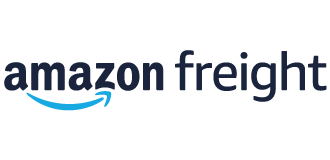


.png)
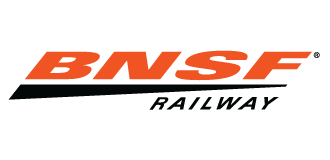


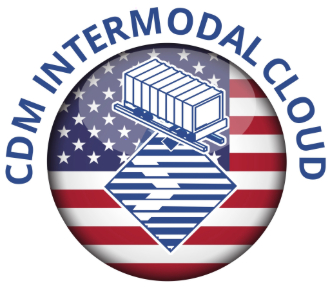
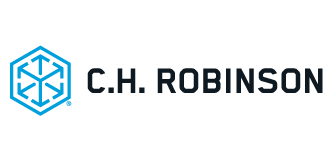



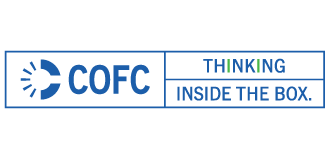


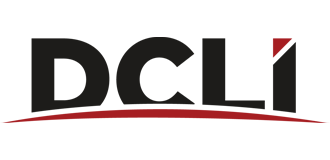
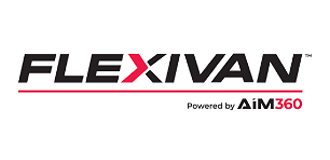




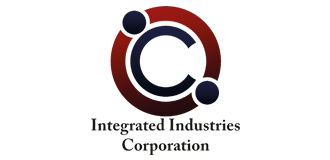
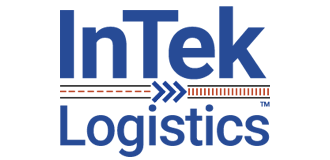


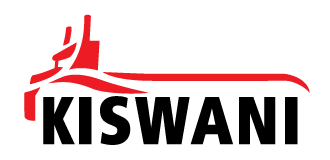
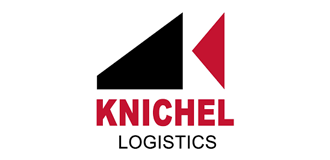

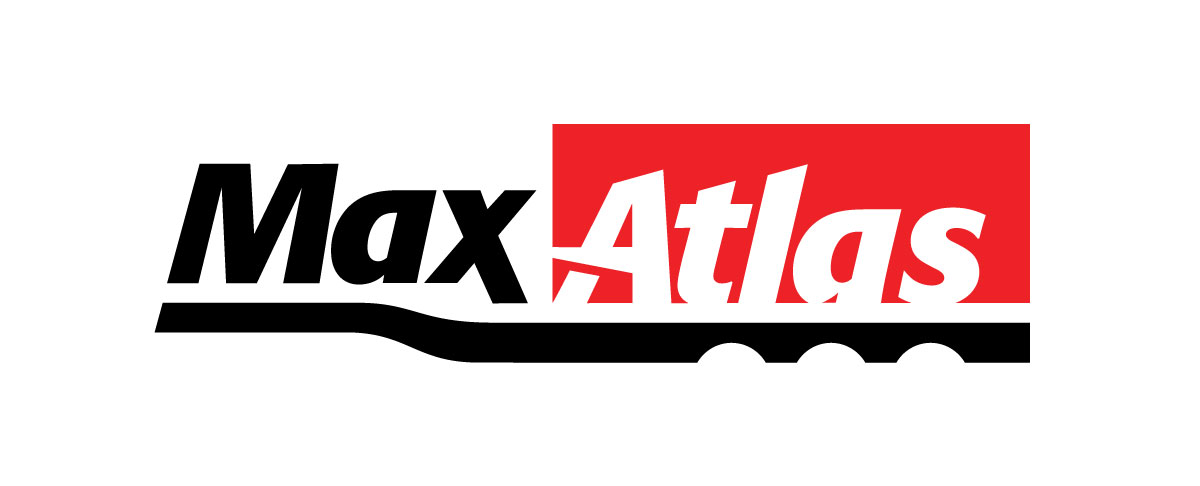

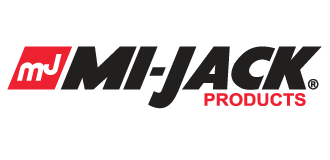
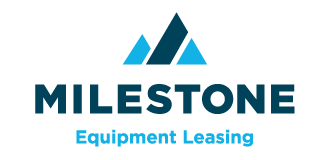
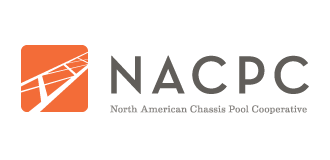
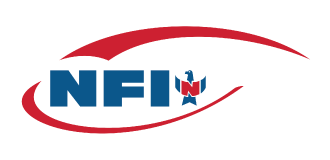
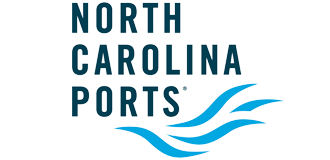




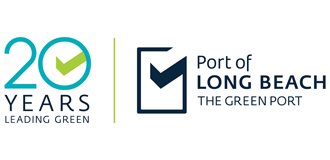

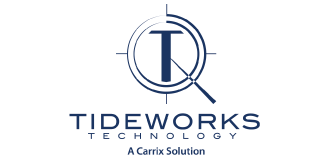

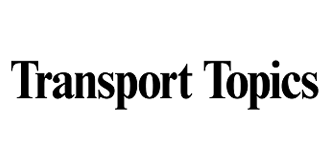


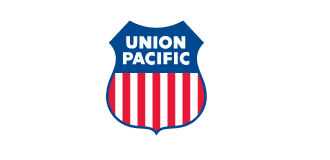
Comments